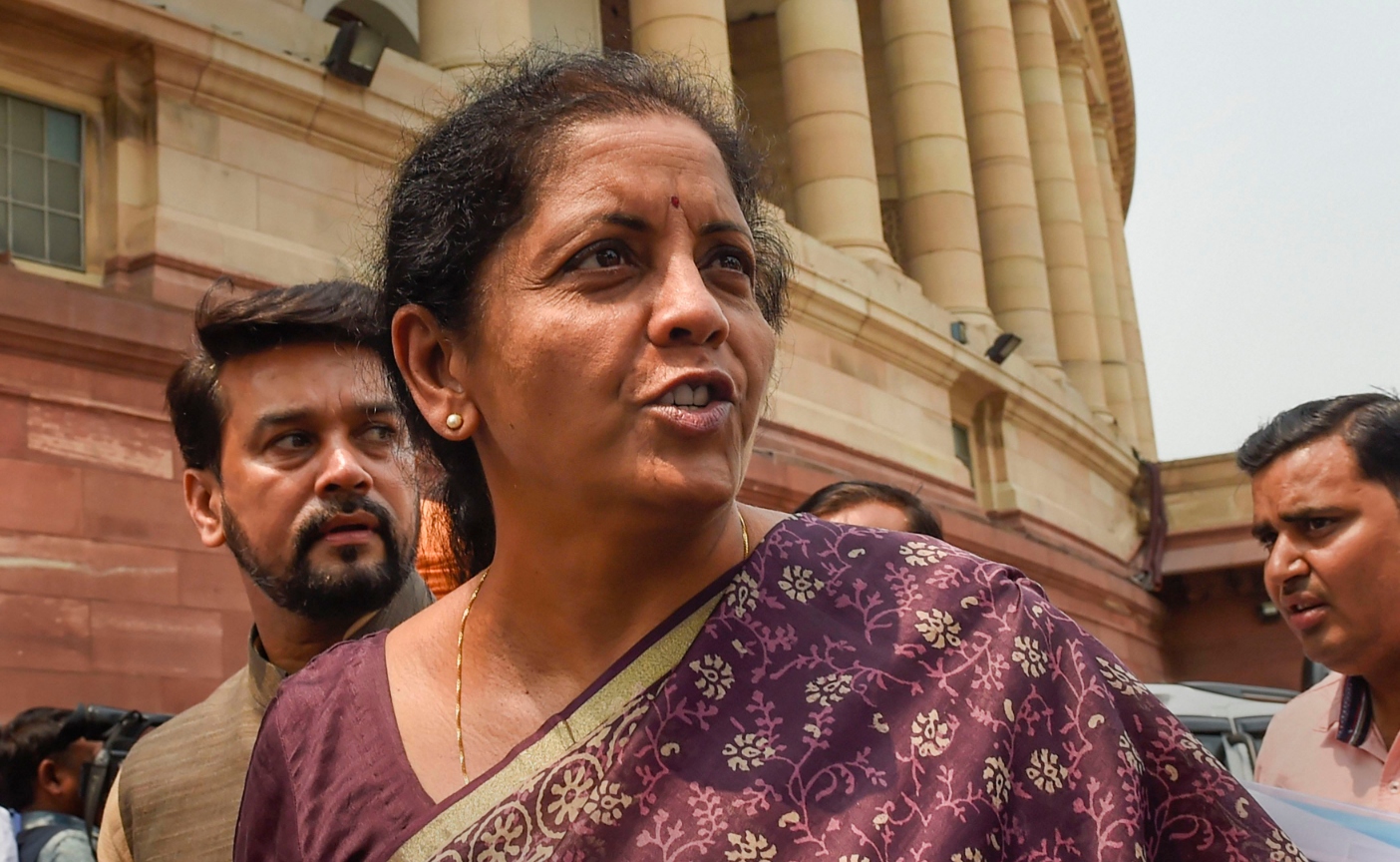
Union Budget: Key takeaways from Economic Survey 2019

The government on Thursday (July 4) projected the country’s GDP growth for 2019-20 at 7 per cent, up from five-year low of 6.8 per cent, on the back of anticipated pickup in investment and consumption.
According to the Economic Survey 2018-19, tabled by Finance Minister Nirmala Sitharaman in Parliament, India continues to remain the fastest-growing major economy in the world in 2018-19, despite a slight moderation in its gross domestic product (GDP) growth from 7.2 per cent in 2017-18 to 6.8 per cent in 2018-19.
“India’s growth of real GDP has been high with an average growth of 7.5 per cent in the last five years (2014-15 onwards). The economy grew at 6.8 per cent in 2018-19, thereby experiencing some moderation in growth when compared to the previous year,” it said.
This moderation in growth momentum is mainly on account of lower growth in agriculture, trade, transport communication and services related to broadcasting among others, it said.
During the last five years, India’s economy has performed well, it said, adding that the government has ensured that the benefits of growth and macroeconomic stability reach the bottom of the pyramid by opening up several pathways for trickle-down.
“To achieve the objective of becoming a USD 5-trillion economy by 2024-25, as laid down by the Prime Minister, India needs to sustain a real GDP growth rate of 8 per cent,” it said.
As per the survey, GDP growth for the year 2019-20 is projected at 7 per cent, reflecting a recovery in the economy after a deceleration in the growth momentum throughout 2018-19.
“The growth in the economy is expected to pick up in 2019-20 as macroeconomic conditions continue to be stable while structural reforms initiated in the previous few years are continuing on course. However, both downside risks and upside prospects persist in 2019-20,” it said.
The survey, meanwhile, retained the fiscal deficit at 3.4 per cent of the GDP for the current fiscal, the same as projected in the revised estimate of the interim Budget 2019-20.
However, general fiscal deficit – Centre and states combined – has been pegged at 5.8 per cent in 2018-19, down from 6.4 per cent in the previous fiscal.
The current account deficit (CAD) in the economy increased from 1.9 per cent of GDP in 2017-18 to 2.6 per cent in April-December 2018.
“The widening of the CAD was largely on account of a higher trade deficit driven by rise in international crude oil prices (Indian basket). The trade deficit increased from USD 162.1 billion in 2017-18 to USD 184 billion 2018-19,” it said.
Also read: Union Budget: India needs to spend more to modernise weapons

